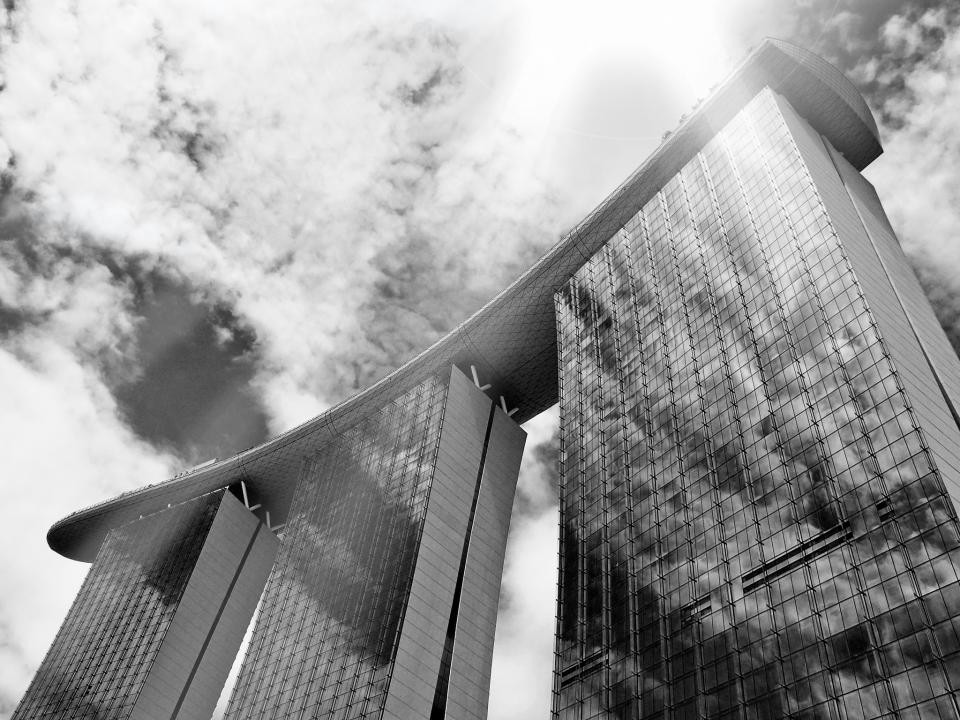
What’s great about today’s technology is that it allows us to push the known limits into an exciting, unknown territory. We can innovate, study and create truly life-changing designs. This is what we are starting to see in the form of curves and shapes in the field of glass architecture.
And as the latest architectural design trends suggest, the world is ready for curved glass. We’re willing to include bent and curved glass as well as more innovative shapes in our buildings.
By the way, if you’re interested in knowing more about current building trends, I recommend that you read Jorma Vitkala’s latest blog on glass design trends.
The visual appeal is not the only aspect driving designers all over the world towards curved glass. Surprisingly enough, curved glass is also highly efficient when used in structural glazing applications.
Not only that, the arching actually makes it highly load resistant. When used properly, arching also minimizes deflections. In practice, curved glass solutions are excellent in structural applications. And when designed well, they can reduce the use of other building materials.
Source: www.gpd.fi © Gianni Royer-Carfagni, University of Parma, Italy
Some might consider today’s processing technology to be a bottleneck for cost-effective curved glass production. That might be true for some companies. But for us, it’s an opportunity. Below, I’ll summarize the main glass bending technologies used today.
That said, I hope this post will give you a new perspective on what can be achieved today. And for added value, I’ll also enlighten you about the possibilities of tomorrow. Let’s get to it!
The glass bending technologies today are:
– Bending and tempering
– Hot bending
– Cold bending
– Laminated bending
Let’s take a deeper look at these technologies.
Most commonly in the bending and tempering process, the glass is first heated to over 630 °C. Once heated, the glass is then bent to its target radius in the bending station.
Although bending systems most commonly produce cylindrical forms, it’s not uncommon to produce small bi-directional bending by angling the glass during the process.
The glass can be twisted into the direction in which the glass flows, which is known as lengthwise bending. It can also be bent crosswise across the glass flow, which is called crosswise bending.
As quality is always a key consideration, lengthwise bending provides a better quality result in terms of optical quality.
FACT: Bent and tempered glass offers excellent mechanical strength and durability against temperature variations. The maximum bending angle is usually ¼ of a circle.
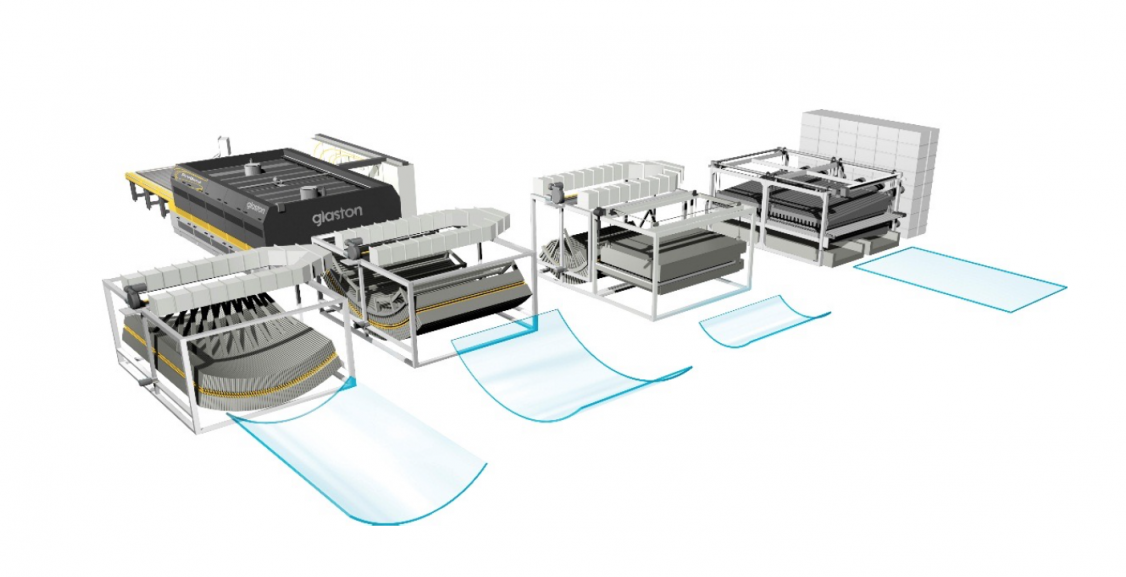
Source: www.glaston.net © Glaston
In hot bending, the manufacturer uses molds, which allow the glass to adopt the desired form. The glass, as well as the mold, is then heated up to 580–600 °C.
Bending can be solely based on gravity. Alternatively, the glass bending process can be assisted in which a mechanical bending press forces the glass into a target shape. The shape is then slowly cooled to avoid any residual tension in the glass.
Bending technology allows producers to create a wider range of shapes, for instance, a tighter radius and non-cylindrical shapes. The hot bending process itself does not add mechanical strength to the glass nor the ability to tolerate temperature variations.
Note! The use of hot bent glass requires lamination for all architectural applications.
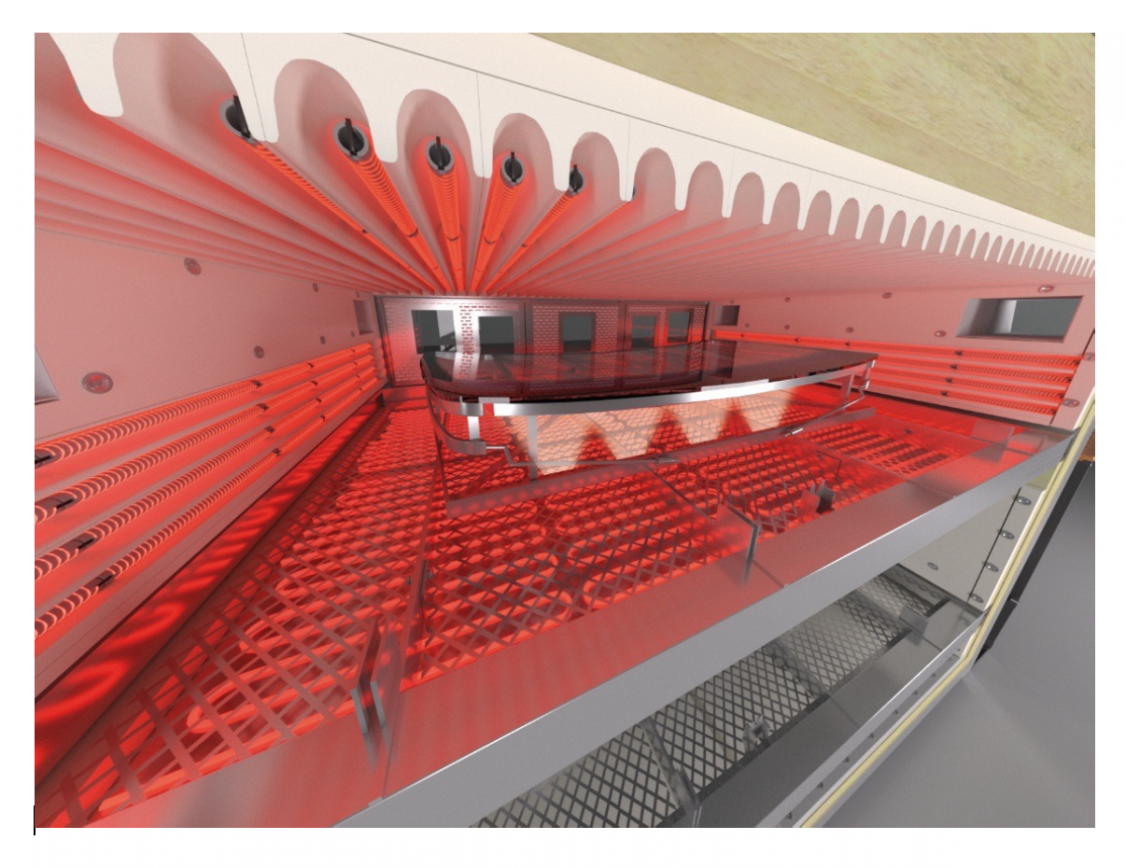
Source: www.glaston.net © Glaston
Cold bending can be carried out after the glass is already tempered. By doing so, the glass adopts the mechanical properties of safety glass.
As the name indicates, cold bending is performed with the factory’s natural temperature. The process starts by putting the glass into a frame that mechanically bends the glass into the desired frame shape. In the frame installation process, the glass is glued or screwed directly into the frame. The frame is then ready for installation into the building.
The bending radius is normally quite high, which means there’s only a slight bending of the glass. The thinner the glass, the easier it is to bend from a mechanical perspective. The shape, however, can also have a twisted design.
Cold bending can be performed for an entire insulated glass unit or for single glass lites. When bending a full insulated unit, the sealant is under multiple forces. Since cold-bent glass has not been around long enough, it’s hard to judge its durability.
However, some existing installations have been made over 10 years ago.
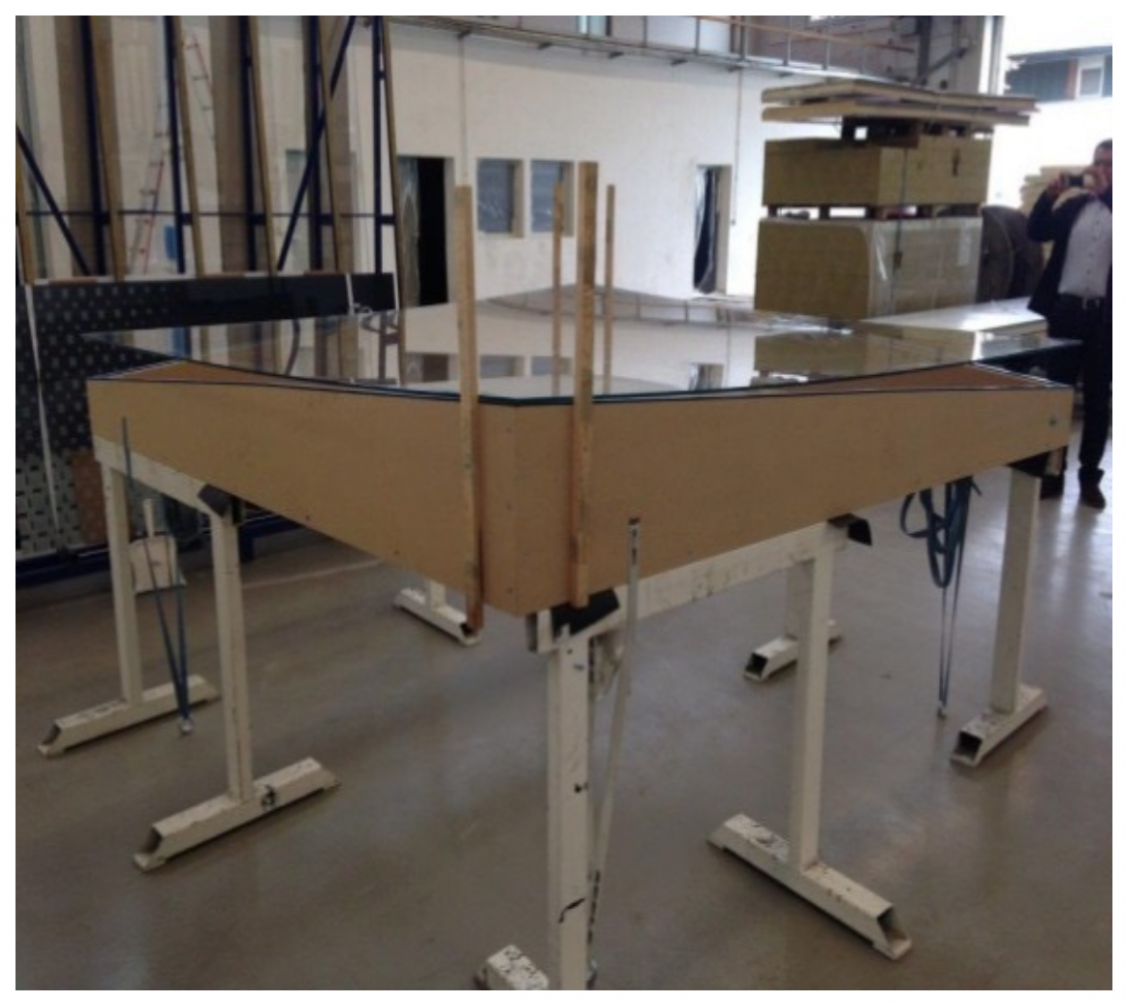
Source: www.gpd.fi © Lutz Schöne, LEICHT Structural
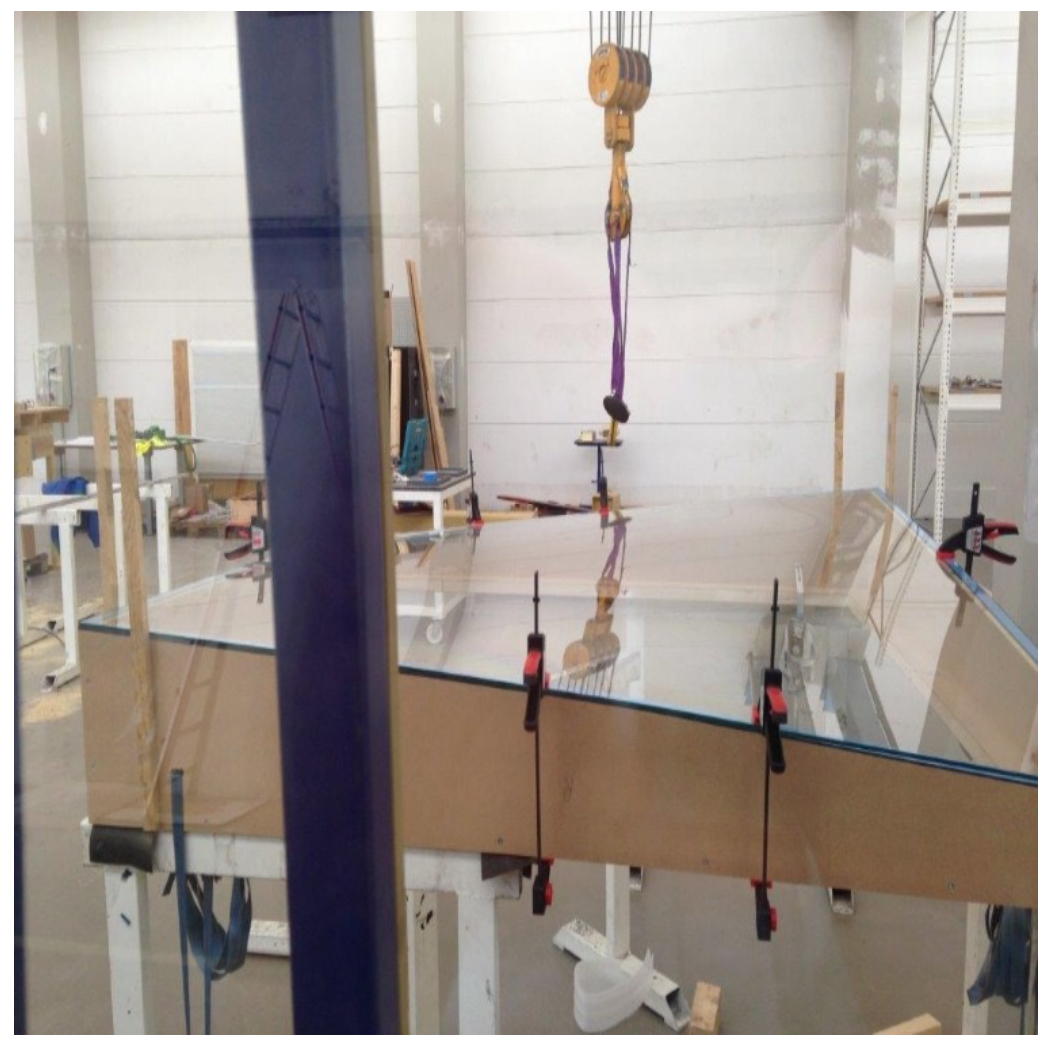
Source: www.gpd.fi © Lutz Schöne, LEICHT Structural
Lamination bending is a process that somewhat combines cold and hot bending, as well as lamination. For bent laminated glass, the most common workflow is to first bend the glass sandwich – with the desired number of glass sheets in the interlayer – and then proceed with the autoclave process.
Thanks to the autoclave process, it’s possible to join two pieces of glass together with an interlayer. The required processing temperature inside the autoclave is around 120–140 °C; the pressure is about 12 bars.
Bending is carried out with a mechanical fixture before the autoclave process, and the original bending radius needs to be smaller than the target shape.
Since the glass is laminated, it fulfills safety glass requirements. One of the benefits of using this process includes the possibility of making very flexible shapes. Still this is very time-consuming, which makes it more expensive.
NOTE! The glass “straightens” slightly after the autoclave process, which is known as the spring effect. Also, there can be some relaxation in the glass over its lifetime, which can cause it to continue to form over time.
It is critical to recognize that bent and tempered glass is cheaper to produce, for example, than hot bent laminated glass. But when you know the technology, the possibilities it offers, as well as the related costs, designers can challenge the building norms already today with designs that are out of this world.
On these words, I encourage all the architects out there to push the envelope with their imaginative designs, and give us – the glass manufacturers – a challenge.
Sign up for Glastory newsletter
We answer your questions about glass processing. Let us know your challenges and we promise to do our best to help you.
Comments are closed.